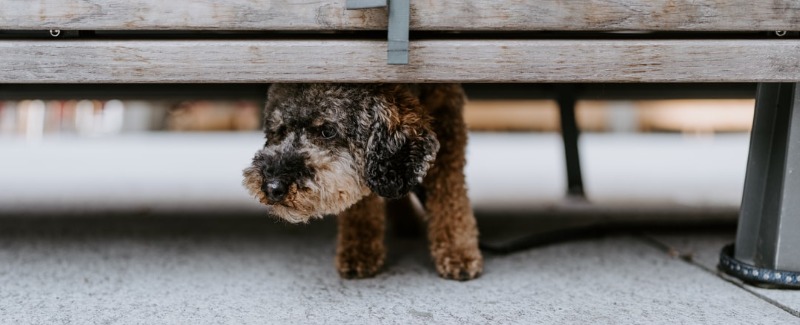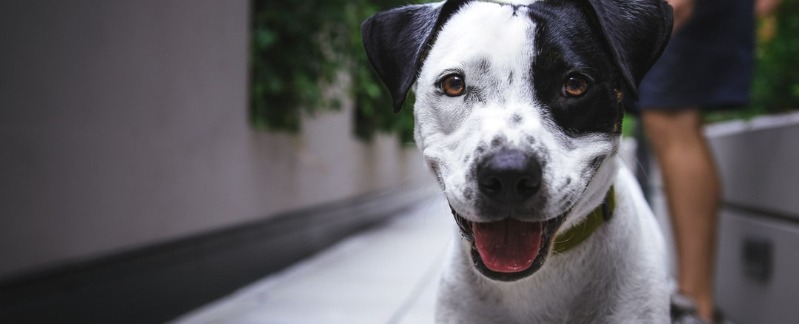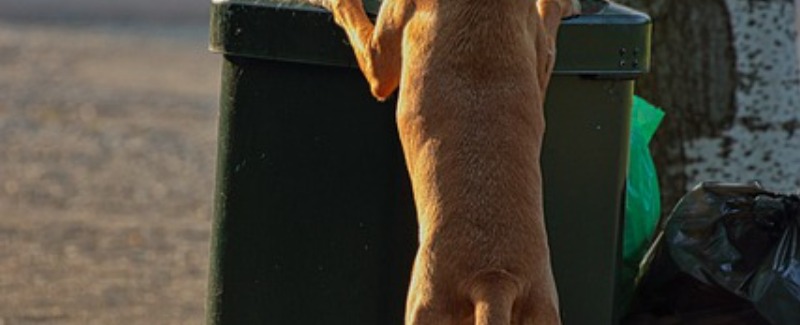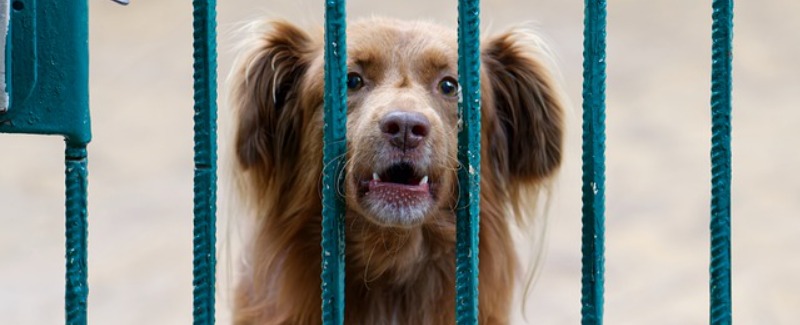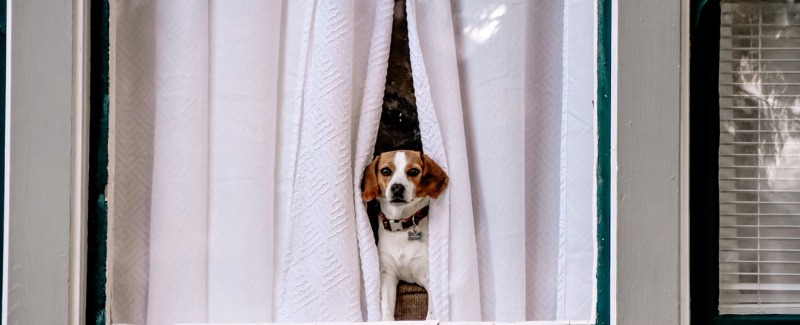Living with a shy or fearful dog requires patience, commitment, and realistic expectations. If your dog is genetically shy, you’re not going to change who she is, no matter how much training you do. You can, however, help her become more comfortable in her own skin, more reliable in her behavior, and more confident in you — all at the same time.
Causes of Shyness
Dogs exhibit fearful or shy behavior for several reasons. The prognosis for successful treatment often depends on the cause. Is the fear new or ongoing? How old was your dog when you first noticed she was fearful? Is she afraid of one or two identifiable things, or is she always skittish and nervous? Early onset of generalized fear and anxiety often indicates a genetic component, while fearful responses to specific things are usually learned.
Genetically shy dogs and dogs that weren’t socialized early in their lives have a relatively poor prognosis in comparison to dogs who have learned to be fearful in response to specific triggers or events.
As mentioned in the sidebar, some dogs learn to be fearful, either in response to a specific, traumatic event, or because fearful behavior has been rewarded, usually by a well-meaning but misguided person trying to make the dog feel better.
What You Can Do to Help Your Dog
As the owner of a shy or fearful dog, your first priority is to get your dog a thorough physical, including blood work with a thyroid function test, to rule out the possibility of a medical basis for fear or anxiety. Then, provide her with calm, confident leadership — all the time, not just in times of stress or crisis — and she’ll know you’re in control, and won’t let anything bad happen to her. By putting yourself between her and whatever or whomever she’s afraid of, and giving her specific directions to follow (sit, stay, look), you take the pressure of decision making off her, so she doesn’t have to make the awful choice between fight or flight. Fighting (biting) would probably be her last choice, but she would if, in her mind, she had to defend herself; flying (running away) does nothing to solve the problem, and she could possibly injure herself in her panic.
Don’t Make It Worse
Never punish or reinforce your dog for exhibiting fearful behavior. It will only make her worse and possibly add aggression to an already unstable temperament. You may feel pity for her, but keep it to yourself, and put on an assertive and cheerful front — pity does her no good. You can live with her the way she is and manage her by limiting her triggers and making sure she is supervised in a way so that she doesn’t harm herself or others. Or you can do everything in your power to work her through her fears and gratefully embrace each bit of progress as a milestone. There are some prescription medications that, as an adjunct to behavior modification, can help, as well as alternative treatments like flower essences and therapeutic touch.

